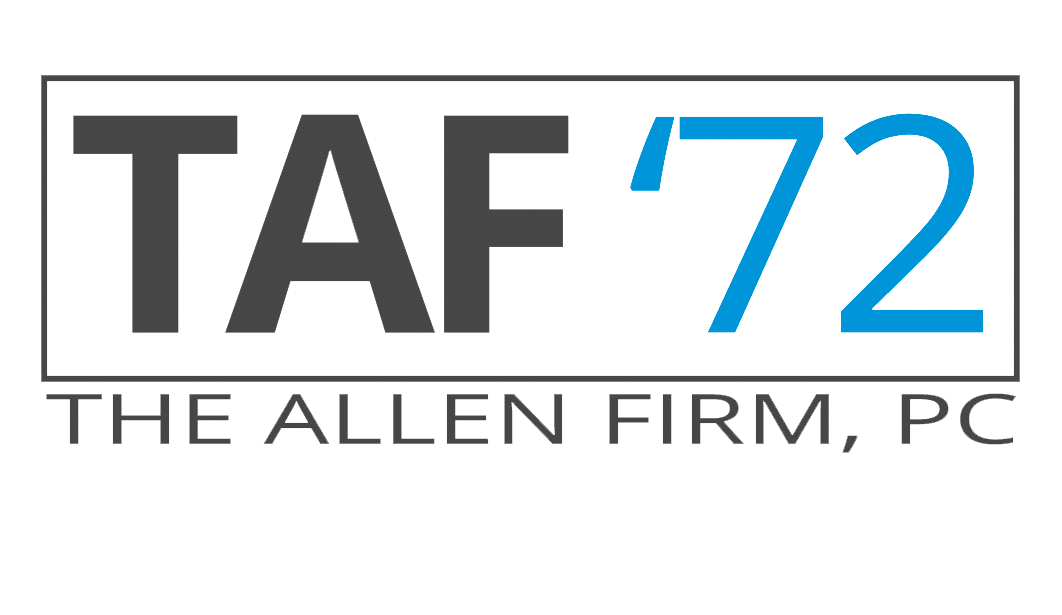The rights and obligations of co-owners of real property
When Snow White ran through the forest to escape the evil witch, she came upon a hidden house where seven dwarfs lived. If this were modern day, these dwarfs most likely would’ve been known as joint owners. A joint ownership is when more than one person owns real property (such as land or a house). Joint ownership can create confusion on who owns what and the duties that each person owes to one another. There are basically three kinds of joint ownership: (1) tenancy in common, (2) joint tenancy with right of survivorship (“JTWS”), and (3) tenancy by the entirety. These types can be explained by looking at the seven dwarfs. The type of joint ownership affects how the property is passed, but all three types are the same when it comes to the rights and obligations of the co-owners.
In a tenancy in common, when the owner dies, his property goes to whoever is listed in his or her will or, if there isn’t a will, goes through the probate process where the court decides the heirs.
-For example, if Sleepy passed away, his portion of the property might go to his wife as listed in his will or through probate if he didn’t have a will.
A JTWS is only different than a tenancy in common because when a joint tenancy owner dies, his portion of the property is automatically given to the remaining joint owners and can’t be given through a will. Be sure to be specific in your document language. Texas assumes that a joint ownership is a tenancy in common, unless there is language in the document that says otherwise.
-For example, if Grumpy passed away, even if he had a wife and kids, his portion of the joint property would go to the six remaining dwarfs.
A tenancy by the entirety is different from the others because only a married couple that owns the property together may use this type of tenancy. In addition, a tenancy by the entirety only lasts as long as the couple is married. Not all states recognize tenancy by the entirety. Texas does not.
-For example, if Snow White married one of the dwarfs, then they could purchase property together as a tenancy in the entirety; but only if the state allowed this type of ownership.
Rights and Obligations of Joint Owners
Now, let’s look at the different rights and obligations of the joint owners. This post will talk about four: (1) income from property, (2) expenses of the property, (3) any rights of reimbursement, and (4) the right to use or live on the property.
(1) Income: Snow White has decided to rent the dwarfs’ spare bedroom. What right does each dwarf have to this income?
In most situations, each joint owner has a right to their share of any rent paid by a third person and if the land generates any profit. This profit could be from any resources found on the land, such as oil or minerals. An important part to remember is that the share you receive from any profits depends on how much your share is of the property. If Happy owns 40%, then he gets a 40% share of the profits.
(2) Expenses: Doc performs some home improvements. The shower was broken, so he fixed that and then decided to go ahead and redecorate. Does each dwarf have to pay for a portion of these improvements?
Generally, you don’t have to pay for any improvements made by another joint owner. But you do have to pay for necessary repairs. So, the dwarfs wouldn’t owe Doc anything for the redecoration (unless they agreed to do so), but they would owe for the repairs, usually an amount depending on their share of the property. In addition, each dwarf would have to pay their share of any mortgage or taxes on the property.
(3) Any rights of reimbursement: During tax season, Bashful went ahead and paid the full amount of taxes owed on the property. Do the other dwarfs have to reimburse him?
When a co-owner receives income or pays an expense, reimbursement among the co-owners might occur. This reimbursement usually occurs when one co-owner pays the mortgage, makes a necessary repair, or receives the rent. In addition, reimbursement comes up when partition of the property happens. Partition of property is the division of the co-owned property. The co-owners can agree upon this division or ask the court to order a partition. Usually, one owner will ask the court to divide the property into separately owned portions. Or, if this cannot be done, the court will compel all the owners to sell the property and they will receive their portion of the proceeds depending on their share of the property. Partition of property is available to tenants in common and joint tenancy, but not tenancy by the entirety.
(4) The right to use or live on the property: The dwarfs’ house is getting a little bit cramped. Sneezy, who owns the largest portion of the property, decides to ask the other dwarfs to leave. Do the other dwarfs have a right to live at the property?
Generally, if you are an owner, even a joint owner, then you are allowed to use and live in the property. This right doesn’t change if you own a smaller share of the property than another owner. Even if you own 1% and the other owner owns 99%, you should be allowed to use the property. This also means you shouldn’t have to pay rent. But this right doesn’t protect any third parties that might be living with the joint owner.
THE TAKEAWAY: Co-owning a property can be challenging and confusing if you don’t know what rights you have in the property. Most of the time these rights will be stated in an agreement between the co-owners. Just remember that generally each co-owner has a right to the income of the property and owes money when there are expenses. Also, make sure you know what ownership type you are agreeing to have. This is important if you want to pass your property a certain way.
– The Business Team
Scott | Josh | Jeremy

